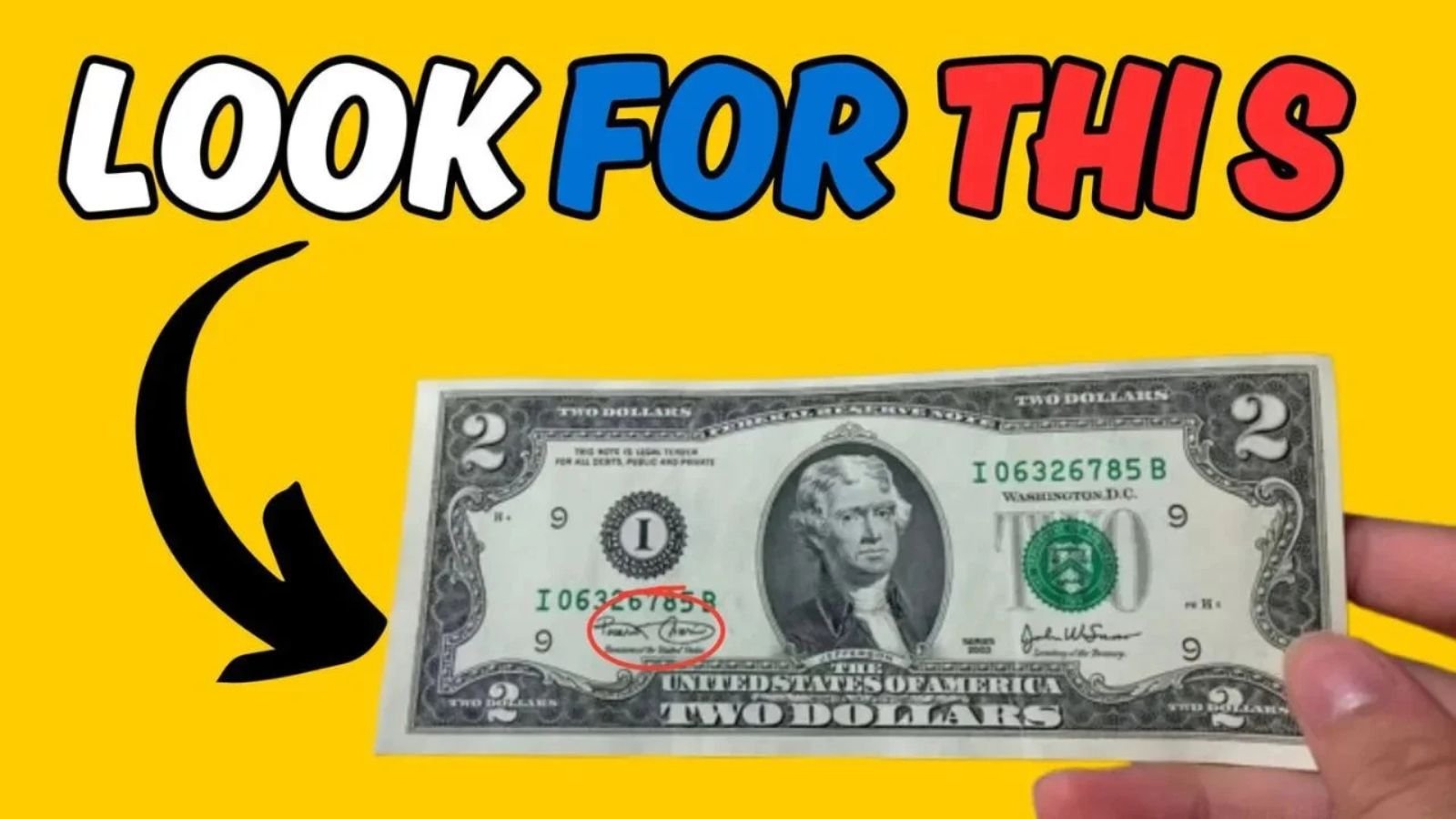Back in 1976, as the United States celebrated its grand 200th birthday, Americans all across the country joined together in a yearlong patriotic celebration. But the U.S. Mint decided to mark the occasion in a special way: by releasing a new version of the 25-cent coin that would go on to become one of the most iconic and intriguing collectibles in American numismatic history. That coin is now famously known as the Biannual Quarter, or more specifically, the Bicentennial quarter. Today, some rare versions of this coin, especially those containing errors or composed of silver, are reportedly valued as high as $2.351 billion, making them the stuff of legends for coin collectors and casual enthusiasts alike.
What Is a Biannual Quarter?
The term Biannual Quarter is often used to describe the 1976 Bicentennial quarter that was specially minted to commemorate America’s 200th year of independence. Though the celebration was a once-in-a-lifetime event, the production of these quarters happened over a two-year span—1975 and 1976. Instead of releasing quarters dated 1975, the U.S. Mint chose to issue all commemorative quarters with the dual date “1776-1976,” hence the term “biannual.”
On the obverse side, the Biannual Quarter features George Washington’s traditional portrait, but flip it over, and the reverse design is where the magic lies. A colonial drummer, surrounded by 13 stars representing the original colonies, replaces the usual eagle emblem. It’s not just a coin; it’s a pocket-sized celebration of American heritage.
Why Is the Biannual Quarter So Special?
Most of the Biannual Quarters minted during this time are still worth their face value of 25 cents. However, a few unique specimens are worth much more—sometimes dramatically so. The $2.351 billion coin that has captured so much attention is reportedly a San Francisco-minted silver proof coin containing a rare minting error.
These types of mint mistakes include:
- Missing mint marks
- Double die errors
- Misaligned dies
- Off-center strikes
Only a few of these error-laden quarters exist, making them rare beyond belief. Combine that rarity with a silver composition and flawless preservation, and you have a collector’s item that could fetch a fortune. Some of these unique coins have sold at auctions for tens of thousands of dollars, and while the $2.351 billion valuation is likely symbolic or speculative, it highlights just how coveted these coins can be.
Mint Locations and Production Volumes
Here’s a breakdown of where and how many Biannual Quarters were produced:
| Mint Location | Number Produced | Material |
|---|---|---|
| Philadelphia | 809,784,016 | Copper-Nickel |
| Denver | 860,118,839 | Copper-Nickel |
| San Francisco | 11,000,000 | 40% Silver |
Only the San Francisco Mint produced silver proof versions, which are the most sought after by collectors.
Still in Circulation: Your Treasure Awaits
What makes the Biannual Quarter especially interesting is that many are still in circulation today. Because they were created for general use, it’s entirely possible that a rare coin is hiding in your pocket change. Your best chances of stumbling upon a valuable piece lie in coins that:
- Have an “S” mint mark (for San Francisco)
- Appear shiny and silver-colored
- Exhibit minting errors such as doubling or missing elements
Don’t clean the coin if you think it might be valuable—scratches or abrasives can decrease its worth significantly. Instead, store it safely and have it inspected by a certified coin dealer or numismatist.
Real-Life Finds and Record-Breaking Sales
Believe it or not, treasure hunters and casual collectors have already discovered valuable Biannual Quarters. For instance:
- A 1976-S Silver Proof quarter fetched $19,200 at auction.
- Another quarter, notable for its double design error, sold for $9,200.
These instances continue to inspire coin lovers to check their stashes, especially with the buzz surrounding America’s upcoming 250th anniversary in 2026. Increased attention is pushing up the value of these rare finds, making now an excellent time to examine your coins.
How to Identify a High-Value Biannual Quarter
If you’re wondering whether you’ve hit the jackpot, here’s what you need to look for:
- Mint Mark: Look just below George Washington’s neckline. An “S” indicates it was minted in San Francisco.
- Material Finish: A silver shine may indicate a proof coin rather than standard circulation-grade copper-nickel.
- Errors and Anomalies: Use a magnifying glass to look for double strikes, missing letters, or off-center details.
- Condition: The more pristine the coin, the more valuable it is. Mint-state coins with no scratches or wear hold the highest value.
Keep your coin in a soft cloth or plastic case and get it evaluated by a professional before considering sale or trade.
A Symbol of America’s Legacy
Beyond the monetary value, the Biannual Quarter stands as a tangible piece of American history. Each coin carries the spirit of 1976, a year when patriotism filled the streets and fireworks lit the skies. Holding one in your hand is like holding a slice of that grand celebration.
Even if your coin isn’t the $2.351 billion unicorn everyone dreams about, it’s still part of a story that reflects the ingenuity and aspirations of a nation. And who knows? Maybe the next coin you find will be the one.
So, whether you’re a lifelong coin collector or someone who just emptied their pockets after buying a cup of coffee, take a moment to inspect your change. That unassuming coin might just be your lucky day waiting to happen.
Some Important Link
| Telegram Group | Click Here |
| WhatsApp Group | Click Here |
| Home Page | Click Here |
